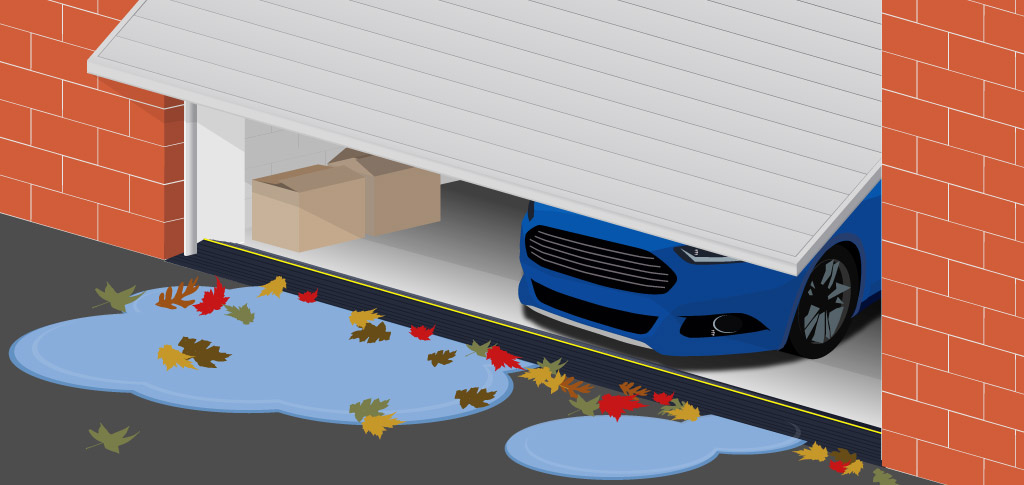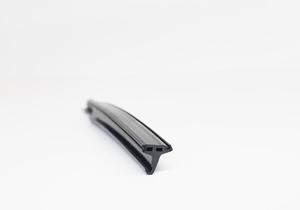
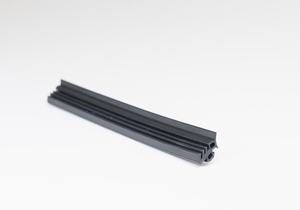
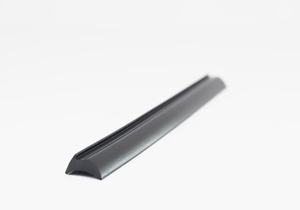
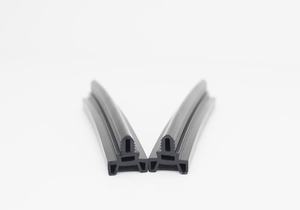
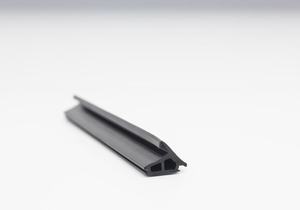
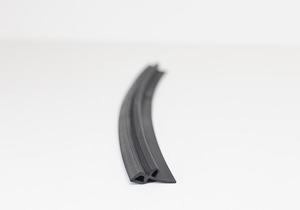

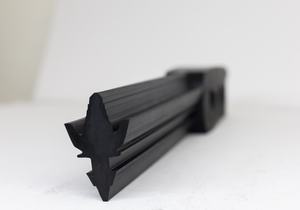

Steel door seals, also known as door gaskets or weatherstripping, are essential components used to seal the gaps around steel doors, ensuring a tight fit and preventing the ingress of air, water, dust, noise, and pests. These seals play a crucial role in enhancing energy efficiency, sound insulation, and security while improving the overall comfort and functionality of buildings. Steel door seals come in various forms and materials to suit different door types, sizes, and applications, providing a durable and effective sealing solution for both residential and commercial buildings. Here’s an extensive description of steel door seals:
- Purpose and Functionality: Steel door seals are designed to create a barrier between the door and the door frame, sealing gaps and preventing air leakage, drafts, and energy loss. They also help reduce noise transmission, block out dust and debris, and deter pests from entering the building.
- Types of Steel Door Seals:
- Door Sweep: A flexible strip attached to the bottom of the door, sealing the gap between the door and the threshold.
- Door Jamb Weatherstripping: A strip of material applied to the door frame, forming a seal against the door when closed.
- Magnetic Weatherstripping: Utilizes magnets embedded in the door and frame to create a tight seal when the door is closed.
- Compression Seals: Provide a tight seal by compressing against the door or frame when closed, often used in heavy-duty or high-security applications.
- Brush Seals: Consist of bristles or brushes attached to a metal or plastic holder, creating a barrier against air, dust, and insects while allowing smooth door operation.
- Gasket Seals: Made from rubber or elastomeric materials, providing a flexible and durable seal against the door or frame.
- Threshold Seals: Installed at the bottom of the door frame to seal the gap between the threshold and the door, preventing water infiltration and air leakage.
- Material Composition:
- Steel door seals are constructed from various materials, including rubber, neoprene, EPDM (Ethylene Propylene Diene Monomer), silicone, aluminum, stainless steel, and nylon.
- These materials are chosen for their flexibility, resilience, durability, and resistance to weathering, UV exposure, temperature fluctuations, and chemical exposure.
- Design and Construction:
- Steel door seals are available in different designs and configurations to suit various door types, styles, and installation requirements.
- They may feature reinforced edges, adjustable components, or adhesive backing for easy installation and secure attachment.
- The design of steel door seals considers factors such as door size, clearance, gap width, door operation, and environmental conditions.
- Installation Process:
- Installing steel door seals requires careful measurement, preparation, and adherence to manufacturer’s instructions.
- The seal is cut to the appropriate length and attached to the door or frame using screws, adhesive, or nails, ensuring proper alignment and contact with the sealing surface.
- Additional sealant or caulk may be applied to fill gaps and ensure a watertight seal around the perimeter of the door.
- Functionality and Performance:
- Steel door seals are designed to provide reliable performance over the service life of the door, maintaining flexibility, resilience, and sealing integrity under varying conditions.
- They effectively seal gaps and prevent air infiltration, reducing heating and cooling costs, improving energy efficiency, and enhancing indoor comfort.
- Steel door seals also contribute to sound insulation by reducing noise transmission through the door, creating a quieter and more peaceful indoor environment.
- They help maintain indoor air quality by preventing the entry of dust, pollen, and pollutants, promoting a healthier living or working environment.
- Applications:
- Steel door seals are used in various applications, including:
- Exterior doors: Entry doors, patio doors, garage doors, and security doors.
- Interior doors: Bedroom doors, bathroom doors, closet doors, and office doors.
- Commercial doors: Storefront doors, warehouse doors, industrial doors, and fire doors.
- Specialty doors: Soundproof doors, weatherproof doors, and high-security doors.
- Steel door seals are used in various applications, including:
- Maintenance and Inspection:
- Steel door seals require periodic inspection and maintenance to ensure continued functionality and performance.
- Routine inspections may include visual assessments, cleaning, lubrication, and replacement of worn or damaged components.
- Regular maintenance helps identify and address issues such as wear, deterioration, or gaps in the seal, ensuring optimal sealing effectiveness and door performance.
In summary, steel door gaskets are essential components in building construction and maintenance, providing a durable and effective solution for sealing gaps around steel doors. With their versatile designs, materials, and applications, steel door seals contribute to improved energy efficiency, sound insulation, and security, enhancing the comfort, functionality, and performance of residential and commercial buildings.

